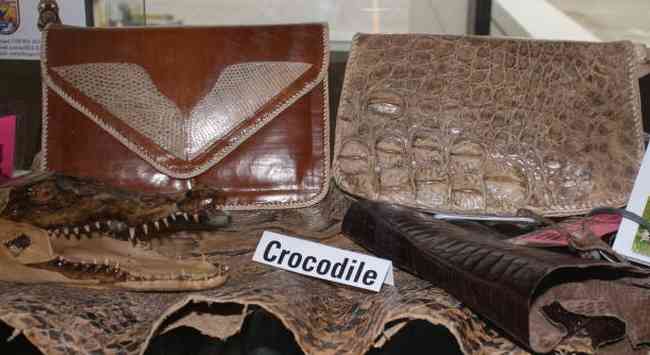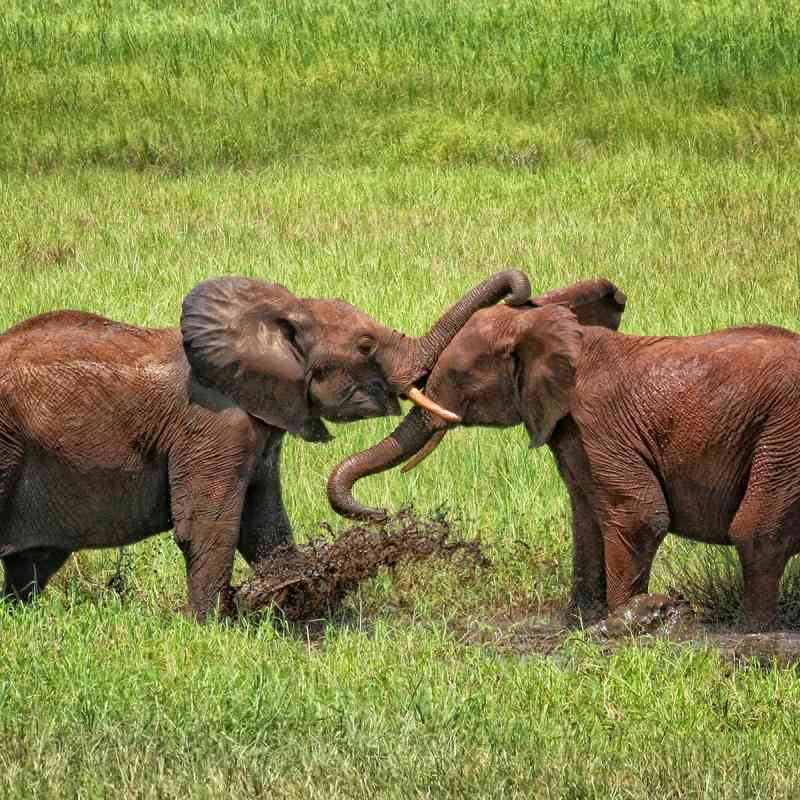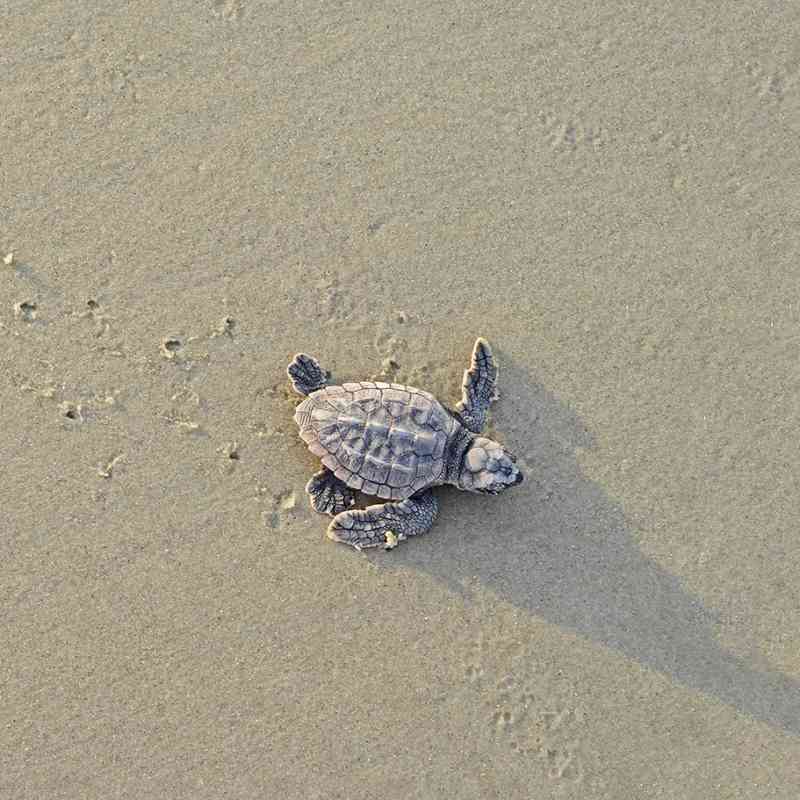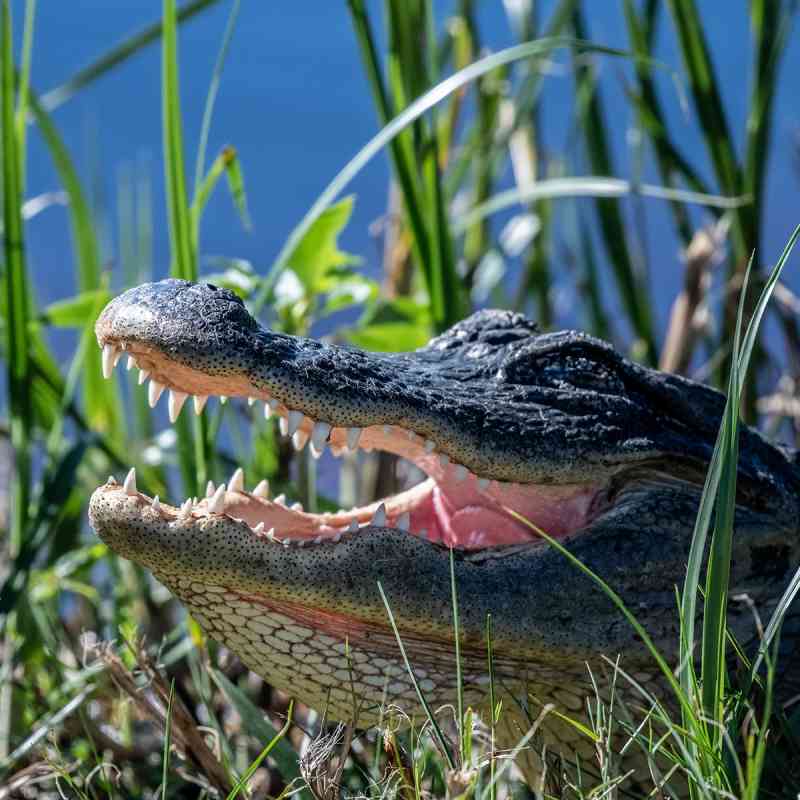Illegal wildlife products are harder to spot than you might think
When you ask the average person what illegal wildlife products look like, they will probably describe things like animal skin rugs or ivory carvings. But illegal wildlife comes in many forms, from raw materials to manufactured goods, from food to jewelry, from pets to clothing. We recently published a report on the illegal wildlife trade from Latin America to the United States, looking at data from shipments seized at U.S. ports of entry over a ten-year period. In our study, we found 56 different types of wildlife parts and products entering the United States from Latin America, from a total of 356 different species. Here is just a handful of the products that are smuggled into the United States and the species that were sacrificed for them.
Broken into pieces
Coral reefs are beautiful underwater landscapes made up of thousands of individual coral – tiny living organisms that, in massive numbers, make up the reefs we’re familiar with. Our study revealed that coral is frequently found in illegal trade entering the United States from Latin America. Coral is most often used for jewelry and as decoration in aquariums. In some regions coral is also used as a building material or for its medicinal properties. Coral is a good example of wildlife that cannot reproduce at the same rate it is being traded – some coral species only grow one-tenth of one inch every year! Our research into this one area of the trade alone found 3,802 pounds of coral, and 2,226 items made from coral pieces. Imagine how many years it will take to naturally replace all that! If you purchase coral products abroad, you may need a permit to bring them back to the United States as a souvenir because many species of coral are protected under CITES. For coral products available here in the United States, always ask what species of coral it is, whether it is protected, and if the seller can show proof that it was harvested and brought into the country legally.
Brought into captivity
 The pet trade continues to be a driver of illegal wildlife trafficking. Our study found more than 3,000 live animals in the illegal trade from Latin America to the United States. Some shipments contained hundreds of individual animals and were clearly destined for commercial venues, including shipments of seahorses, poison-arrow frogs, and tegus – a lizard native to Central and South America that is coveted as a pet. Smaller shipments included live tortoises, parrots, snakes (including boa constrictors and mussuranas), and kinkajous (a rainforest mammal similar to raccoons). Many of these animals were taken from the wild illegally – remember, poaching and trafficking doesn’t always mean killing. Capturing imperiled animals for the pet trade can be just as devastating to the populations in the wild. On top of that, in the data we reviewed, one in five of the animals died during transit. That means that for every animal that did survive to be sold in the U.S., many others were killed. If you’re considering buying a pet, do some research first. Find out whether the species you want is protected under national or international laws, like the Endangered Species Act or CITES. Just because a live animal is for sale at a commercial venue, like a pet store or a website, it doesn’t necessarily mean that the animal was acquired legally or is being sold legally. As a consumer, you can always ask the seller if the animal was acquired legally, and if they have documentation.
The pet trade continues to be a driver of illegal wildlife trafficking. Our study found more than 3,000 live animals in the illegal trade from Latin America to the United States. Some shipments contained hundreds of individual animals and were clearly destined for commercial venues, including shipments of seahorses, poison-arrow frogs, and tegus – a lizard native to Central and South America that is coveted as a pet. Smaller shipments included live tortoises, parrots, snakes (including boa constrictors and mussuranas), and kinkajous (a rainforest mammal similar to raccoons). Many of these animals were taken from the wild illegally – remember, poaching and trafficking doesn’t always mean killing. Capturing imperiled animals for the pet trade can be just as devastating to the populations in the wild. On top of that, in the data we reviewed, one in five of the animals died during transit. That means that for every animal that did survive to be sold in the U.S., many others were killed. If you’re considering buying a pet, do some research first. Find out whether the species you want is protected under national or international laws, like the Endangered Species Act or CITES. Just because a live animal is for sale at a commercial venue, like a pet store or a website, it doesn’t necessarily mean that the animal was acquired legally or is being sold legally. As a consumer, you can always ask the seller if the animal was acquired legally, and if they have documentation.
Sacrificed for style
The fashion industry also fuels demand for illegal wildlife products. Shoes, boots, wallets and belts are just some of the items smuggled into the U.S. from Latin America, often made from the skins of imperiled species. Of the 5,760 individual shoes and boots seized in the data used for our study, many were made from the skins of crocodiles, caimans and sea turtles. While those were the most common, they were by no means the only species turned into accessories. We also discovered shoes and boots made from the leather of elephants, eels and even pangolins. A wide variety of clothing was also seized, including garments made from vicuna (similar to a llama), jaguar, margay and lynx. For some of these items, you can easily tell what species went into its creation. You would know, for instance, that a cheetah fur coat probably cost a cheetah its life. But for some products, the true cost may be very well hidden. Were those shoes once an alligator? Was that handbag once an endangered crocodile? Even shoes and clothing sold at retail stores in the United States can be made from imperiled species. Always check the tags to identify what the product is made of and where it was manufactured. If it was manufactured abroad, ask for proof of legal importation. If it is made from an imperiled species, consider foregoing the purchase and avoid any risk of contributing to wildlife trafficking.
 In addition to these more commonly known products, our research also discovered unusual items in the illegal trade – things like turtle cartilage used for soup, oil made from tiger, hippopotamus teeth and monkey skulls. Remember, wildlife trafficking comes in all shapes and sizes! It is not always easy to identify illegal wildlife products, which makes it hard for both law enforcement officials and consumers to spot them. As a consumer, you always have the power to ask questions about the source and legality of your purchase. And when in doubt – rule it out!
In addition to these more commonly known products, our research also discovered unusual items in the illegal trade – things like turtle cartilage used for soup, oil made from tiger, hippopotamus teeth and monkey skulls. Remember, wildlife trafficking comes in all shapes and sizes! It is not always easy to identify illegal wildlife products, which makes it hard for both law enforcement officials and consumers to spot them. As a consumer, you always have the power to ask questions about the source and legality of your purchase. And when in doubt – rule it out!
comments
Wildlife & Wild Places






